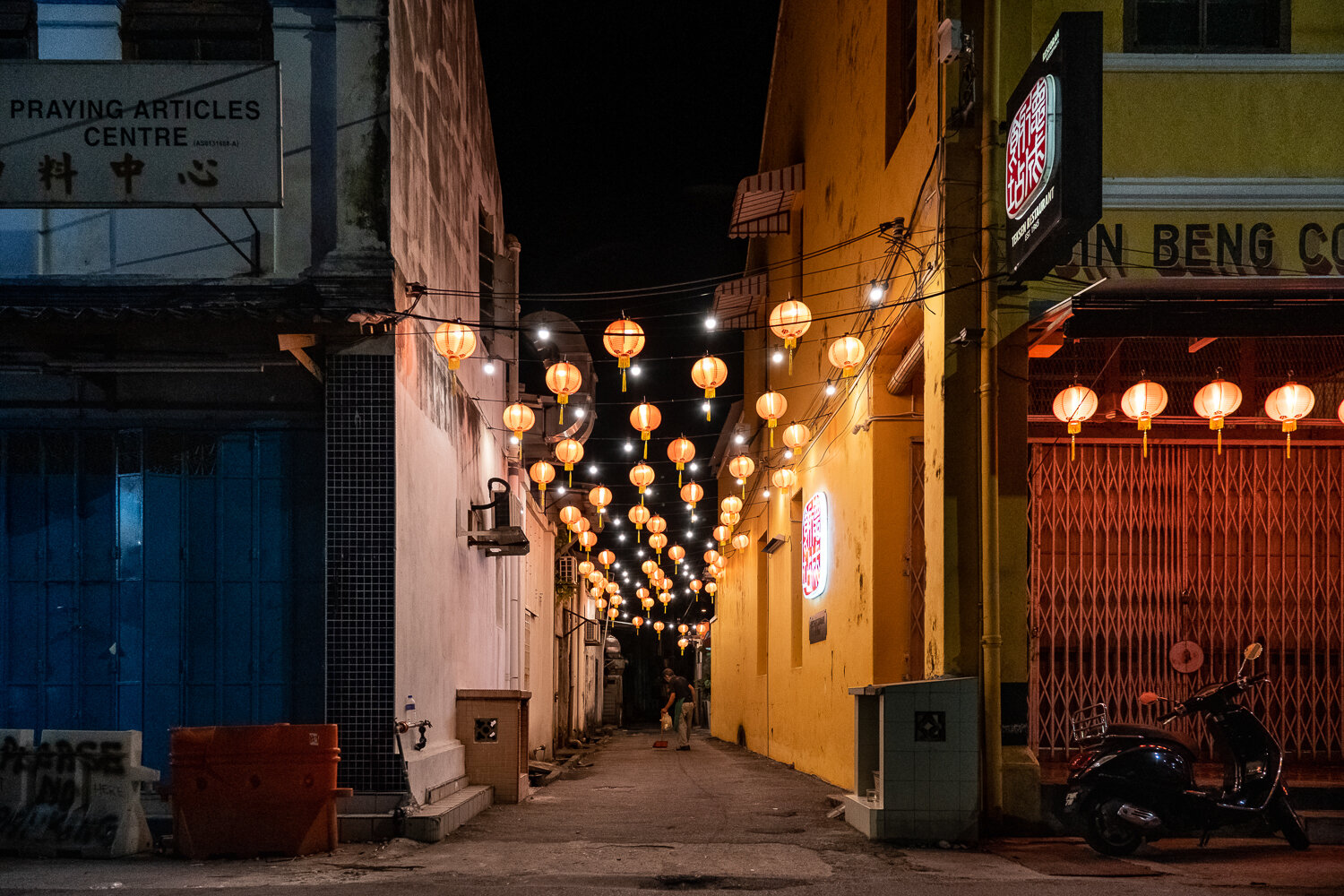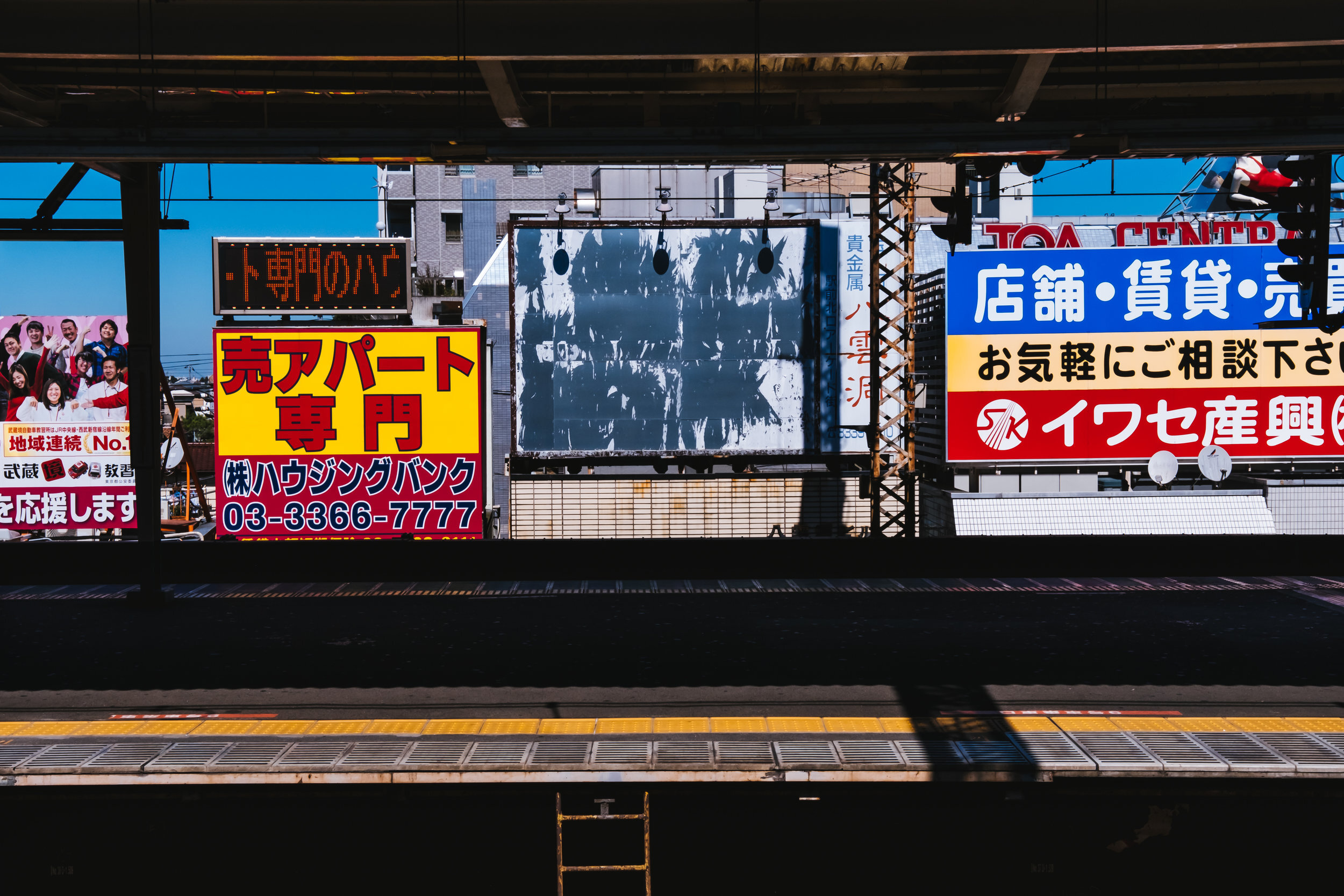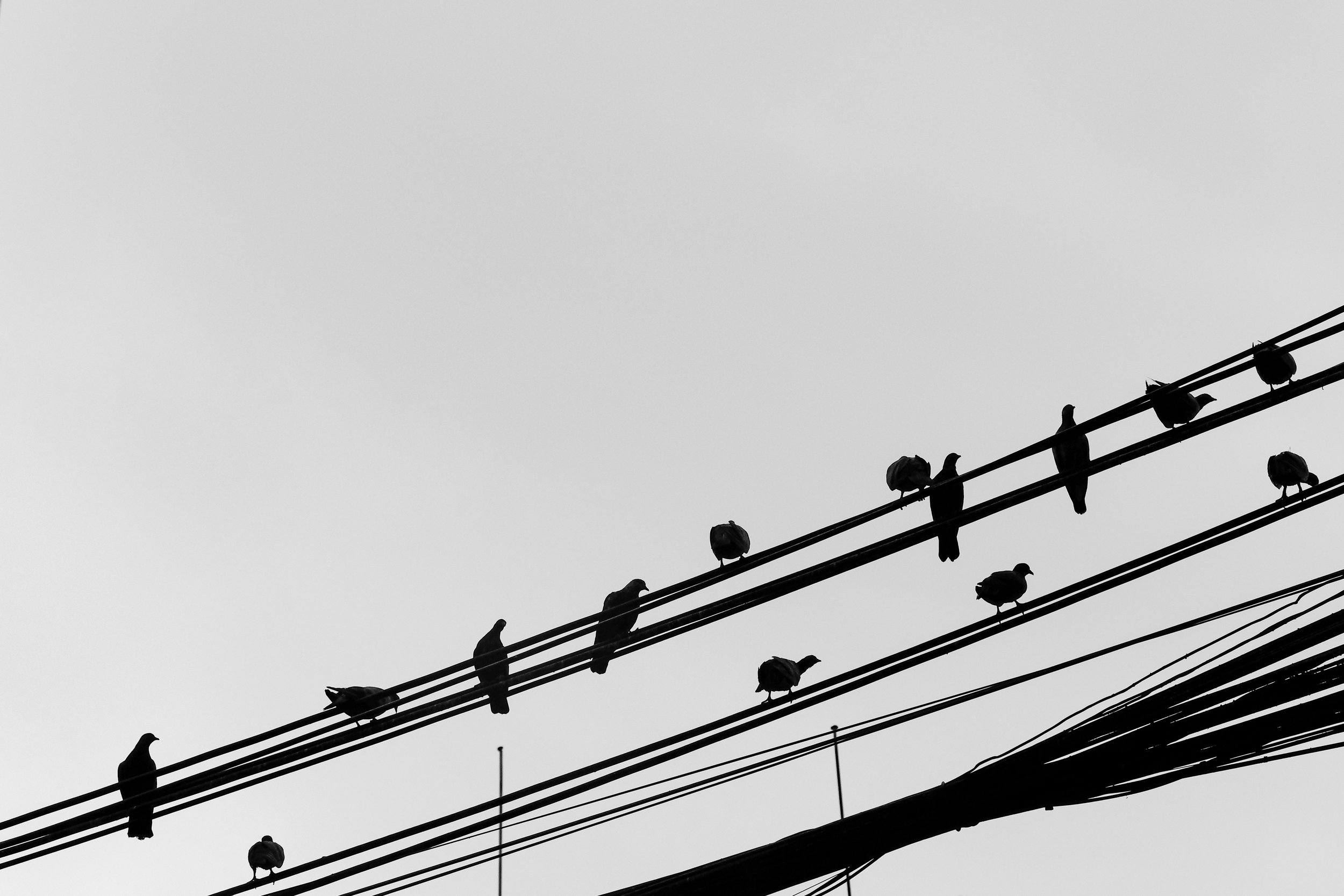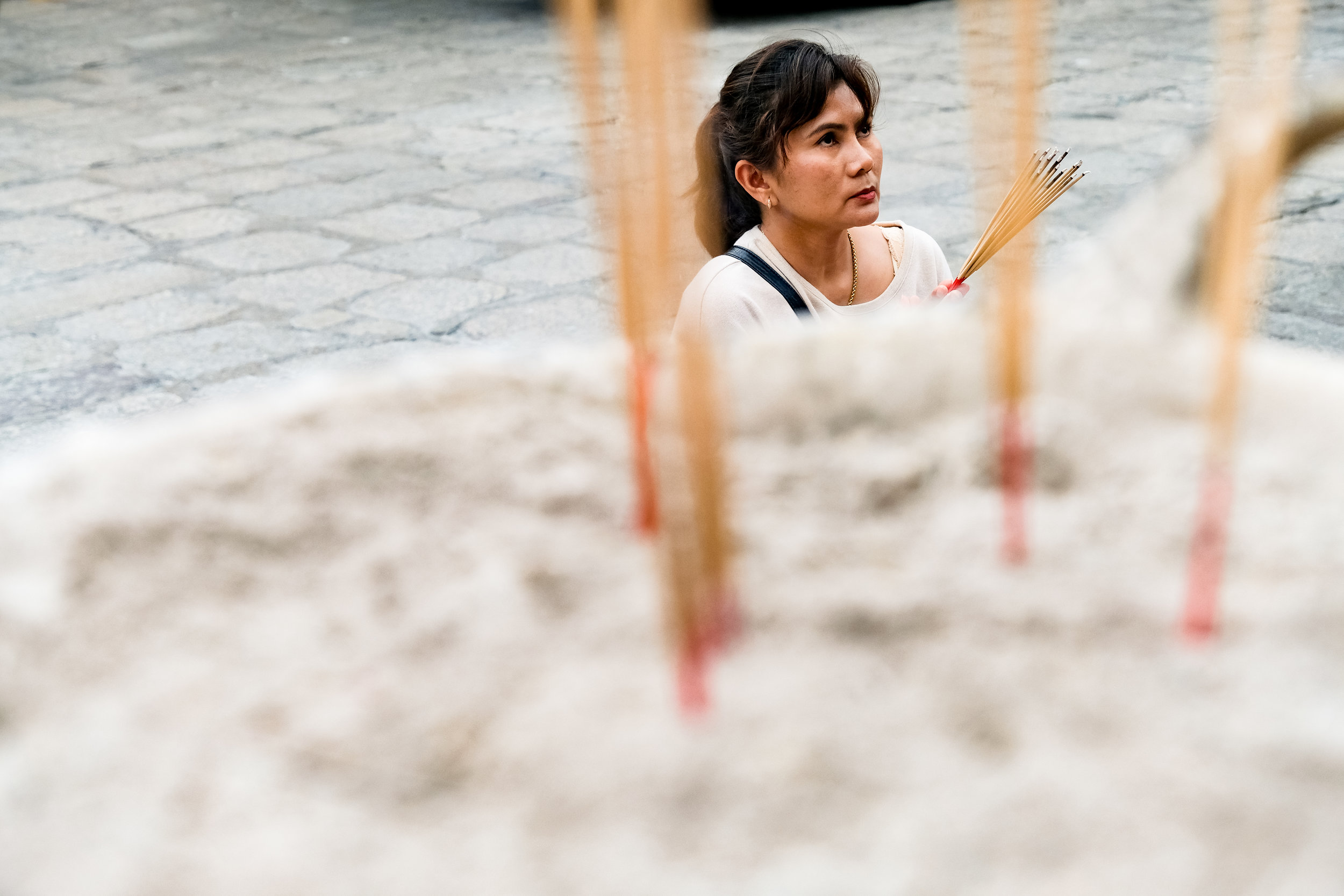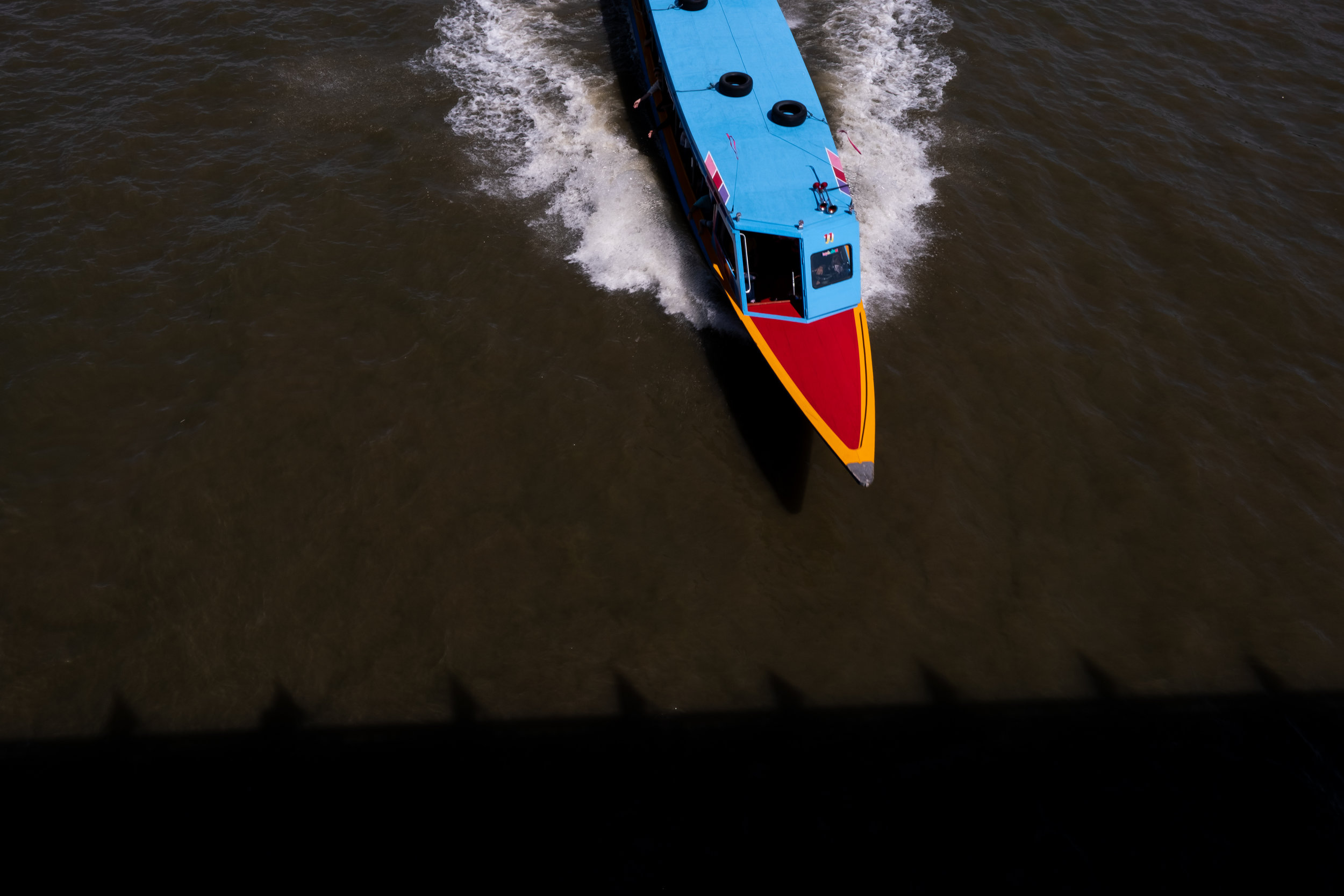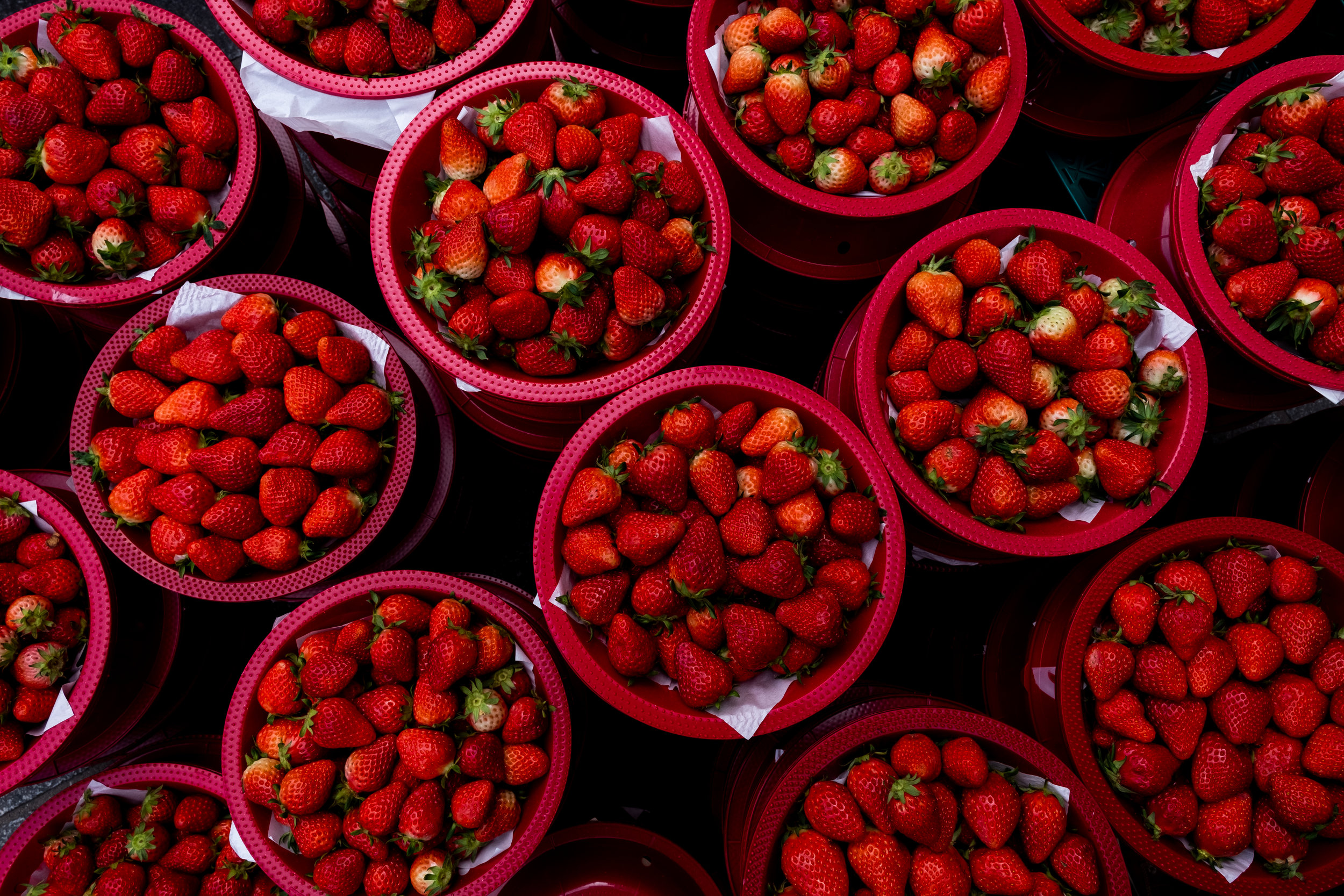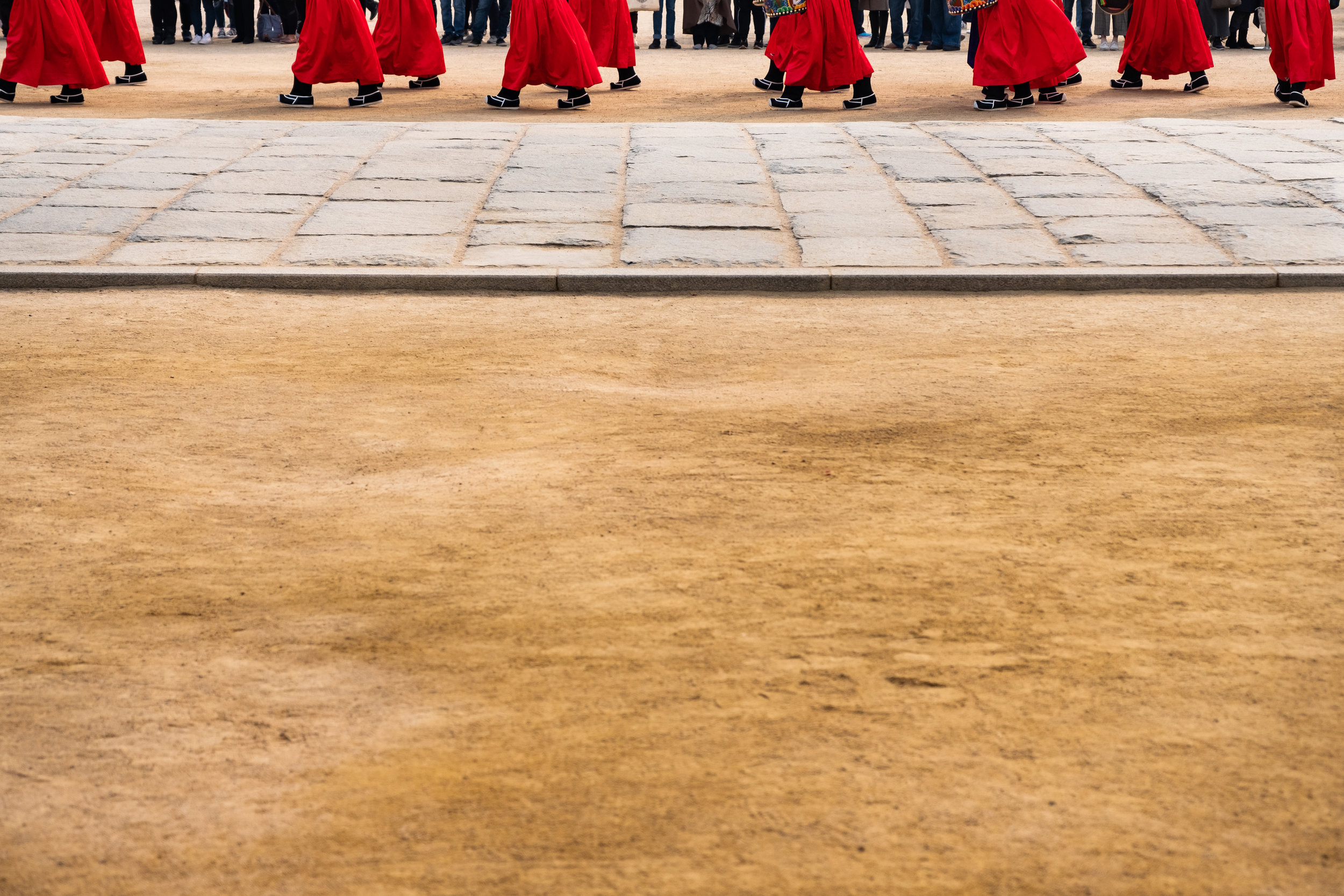Travel Photography
Tokyo Photo Journal #5
More Imagery From Tokyo, Japan
Postcard | Bangkok, Thailand
I am somewhere near the Yodpiman Flower Market. Its 9:07 a.m. in Bangkok and the heat is already cranked to 92F. According to my weather app, it feels like 104F. I didn’t bother taking a shower this morning. What’s the point of bathing when five minutes outside earns you a sweat coated back and knee pit swamps?
I rest in a tarpaulin cave where it is a bit cooler, but there is no air flow. I have nowhere to be. I just stand and crowd a vendor peddling strings of marigolds from a triangular split in the bottom of the tarp. I think they are marigolds. I fiddle with my camera. I know that I should be producing for my client but I am not ready for that. I am only ready to stand.
Another person walks into view outside of the deep blue tarp and stops, crowding me as well as Flowerman. Maybe I am projecting, but the new addition seems to have a similar physical reaction to the morning. Why my feeling-doppleganger choses to just stand in the sunny heat I don’t know.
I point my camera and make a photo of my new friend. Now, I no longer have to decide how long I will remain in the shade. I will let my actions be determined by my new companion’s movements. When they move on, I will move on. This little game I decide to play is new to me and, in the moment seems liberating.
Minutes pass and my friend saunters into the Bangkok heat. Without hesitation, I make my way towards the shady bits of the flower market and into the day ahead.
Bangkok Photo Journal #1
Postcard From Shirakawago, Japan
Tour buses in droves stop at Shirakawago Village. We’re all here. We, the fortunate. Italians. Americans. French. Singaporeans. Chinese. I can’t blame the tour operators or those packed into the coaches for being here. After all, I hopped off one of those buses myself.
This UNESCO World Heritage Site is on Japan’s tourist circuit for a reason. Just a couple of hours from the hub of Takayama, the thatched roof, A-frame homes of Shirakawago are the main attraction. When seen from the mountainous overlooks surrounding the valley, the tiny enclave is an idyllic view into Japan’s cultural past, the very glimpse that most tourists hope to see.
Natural and traditional beauty aside, our hosts in Shirakawago seem jaded, put off by the influx of visitors. If their faces and curt responses are indicators, the residents of Shirakawago are already “over it.”
I don’t know what the residents of Shirakawago think about the tourism boom. I don’t bother to ask if my assumptions about the clear Catch 22 are correct. I worry that my clarifying questions will only serve as salt in an open wound. I choose to withhold my queries and simply wonder if those who live here would rather see their home overrun with umbrella-pumping-tour-guides or if they would choose the more solitary, less economically prosperous existence of days gone.
I continue through the village as a voyeur, stopping by a pond to take a photograph of a Shiragkawago home. A million others before me have taken this photo and I, again, realize that I am not creating anything special or unique. Even though I am producing the photos for a travel photography client, I am just like every other tourist here. I am a spectator. I take, take, take and give nothing back save the tiny sprinkle on the local economy.
I worry about this special village and hope that Shirakawago has peace with the decisions it makes about its future.










